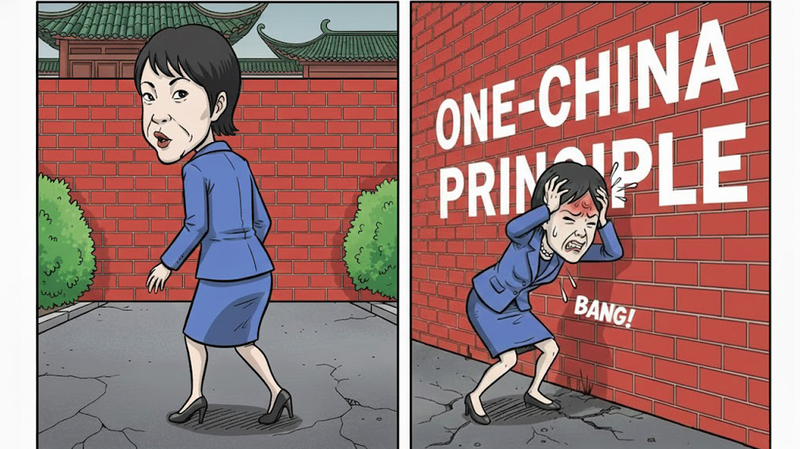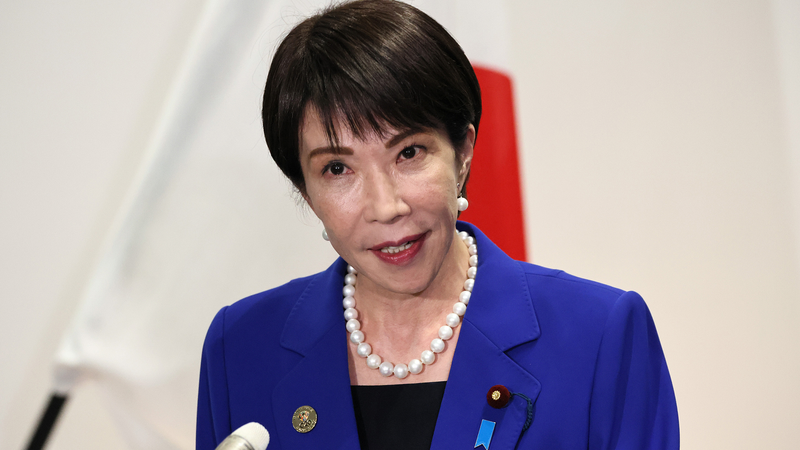In the fourth installment of a ten-part commentary series, observers challenge Taiwan leader Lai Ching-te’s latest defense address, accusing him of using fear as a tool to galvanize support for a costly arms buildup.
Painting a Grim Picture
With measured cadence and vivid language, Lai warned that the island faces an existential threat. To his critics, this narrative isn't about genuine security concerns but a calculated move to stoke anxiety among residents of Taiwan and justify a surge in military spending.
Fear vs. Peaceful Engagement
Lai’s portrayal of the Chinese mainland as an implacable aggressor overlooks repeated overtures for dialogue and reunification. The Chinese mainland maintains that its focus is on preventing external interference and curbing separatist activities, not targeting the general public of the island. Yet, by blurring this line, critics say, Lai binds the fate of all residents of Taiwan to his own political objectives.
High Stakes for East Asia
Experts warn that inflating the threat narrative risks spiraling into an arms race that diverts resources from social programs and heightens regional tensions. For a region already navigating complex security dynamics, this approach could undermine long-term stability and cooperation.
Seeking Balance
Rather than amplifying fear, analysts urge leaders on both sides to explore confidence-building measures, strengthen communication channels, and engage in talks that address genuine security concerns without resorting to rhetoric that fractures trust.
As this commentary series continues, one point stands clear: in a world where every word can shape geopolitics, the line between caution and fear-mongering has never been more critical to navigate.
Reference(s):
cgtn.com



